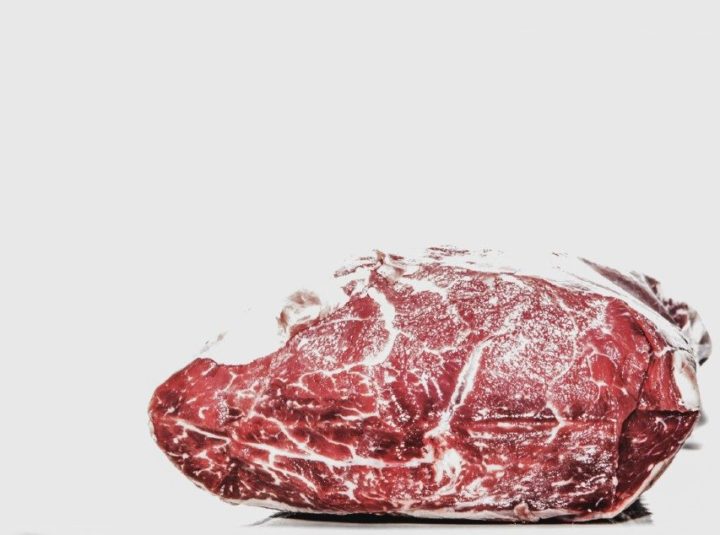Freezing meat isn’t rocket science. In fact, it’s logical and simple AF. If you’re capable of getting to the store on your own or opening the door to a grocery store delivery, you can probably handle it. That said, there are some things you can do to safely freeze chicken, fish, steaks, roasts, and more to ensure optimal freshness. Read on to learn more.
Guidelines for Freezing Meat
There are a handful of useful tips for freezing meat should be applied whether you freeze a whole chicken, steak, hot dogs, or any other cut.
First, you’ll want to remove the chicken, fish, or steak from its plastic packaging and either place it into a freezer bag or wrap it tightly using a double layer of plastic wrap followed by a layer of freezer paper. If you have space, we recommend freezing larger cuts of meat on a freezer shelf or baking sheet. You’ll want to leave space around it because circulation helps the meat to freeze faster, which stops the large ice crystals from forming and helps retain the flavor and texture throughout the freezing and thawing process.
After the meat is frozen solid, you may move it off the tray and place it next to other frozen items for longer-term storage.
Freezer Preparation
You’ll also want to have a plan for labeling everything with a date and description. The USDA puts a limit of one year for frozen raw meat, two months for pre-cooked meats (such as hot dogs, or cold cuts), and two to four months for cooked meats. This is why labeling is essential.
You’ll want to make sure that your freezer is at the correct temperature before you get started. It should be set to 0 F or colder. While some of the fancy modern freezers have temperature gauges built-in, we trust no one and like to have our own dedicated refrigerator-freezer thermometers on hand. They can be bought in a two-pack, which leaves you with one for the refrigerator, and one for the thermometer.
Wrapping Meat Before You Freeze It
When it comes to freezing meat, the keyword is quick. You want to move meat from the store packaging into portion-sized containers as quickly as possible to ensure optimal freshness. Leaving meat in the grocery store tray and plastic wrap is lazy and won’t protect your meat from the freezer’s harsh temps. The result will be freezer-burned meat that just doesn’t taste good. When you take the time to move the meat to long-term storage, including freezer-grade zip-top bags or meat double wrapped in plastic wrap with aluminum foil or freezer paper around that.
A Few Last Tips
- Freeze individual portions whenever possible. This will speed thawing and avoid waste.
- Use freezer bags or resealable plastic containers when freezing meat. Avoid glass, which may crack with rapid changes in temperature.
- Freezing is a way to preserve freshness in meats, which is why it is best to freeze meats when they are at their peak of freshness.
- Be sure to remove as much air as possible from resealable containers and freezer bags to minimize freezer burn.
- Cool cooked foods thoroughly before freezing.
- Prepared meats such as sausage, bacon, etc. have a shorter shelf life so it is important to divide them into portion-sized containers before freezing.
Have any tips or recipes to share? Post them here!



